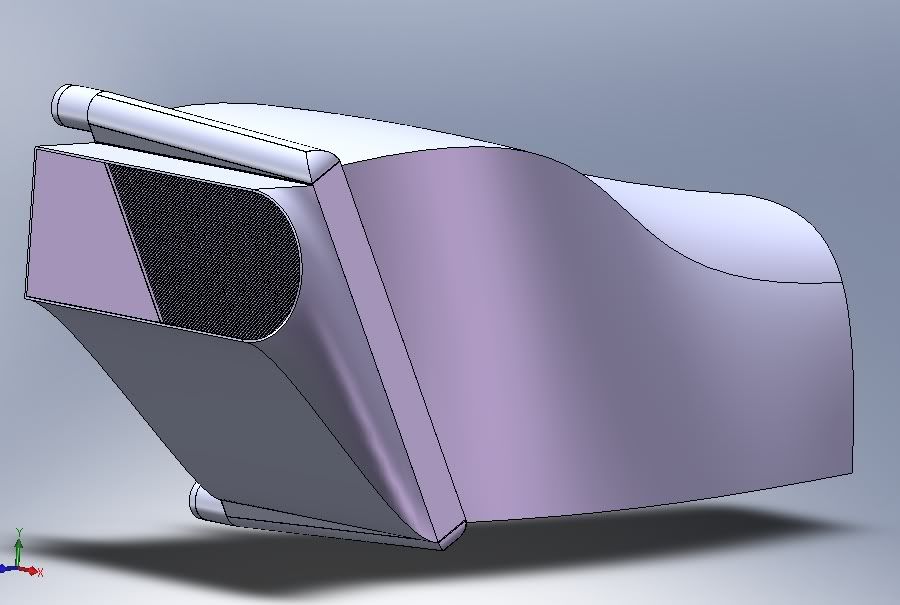My heat transfer is rusty too..
I don't remember any equations right now..
I remember something called Nusselt number and some other numbers... we would get that from the conditions of the air then get the heat transfer coefficient of the air. Then we would plug that into to whatever equations..
hoo.. That was a course I did not like!! An equation for a radiator is supposed to be nasty! Fins and ducts all into one! (shudder)
Talk about brain drain.. lol..
- Login or Register
No account yet? Sign up



